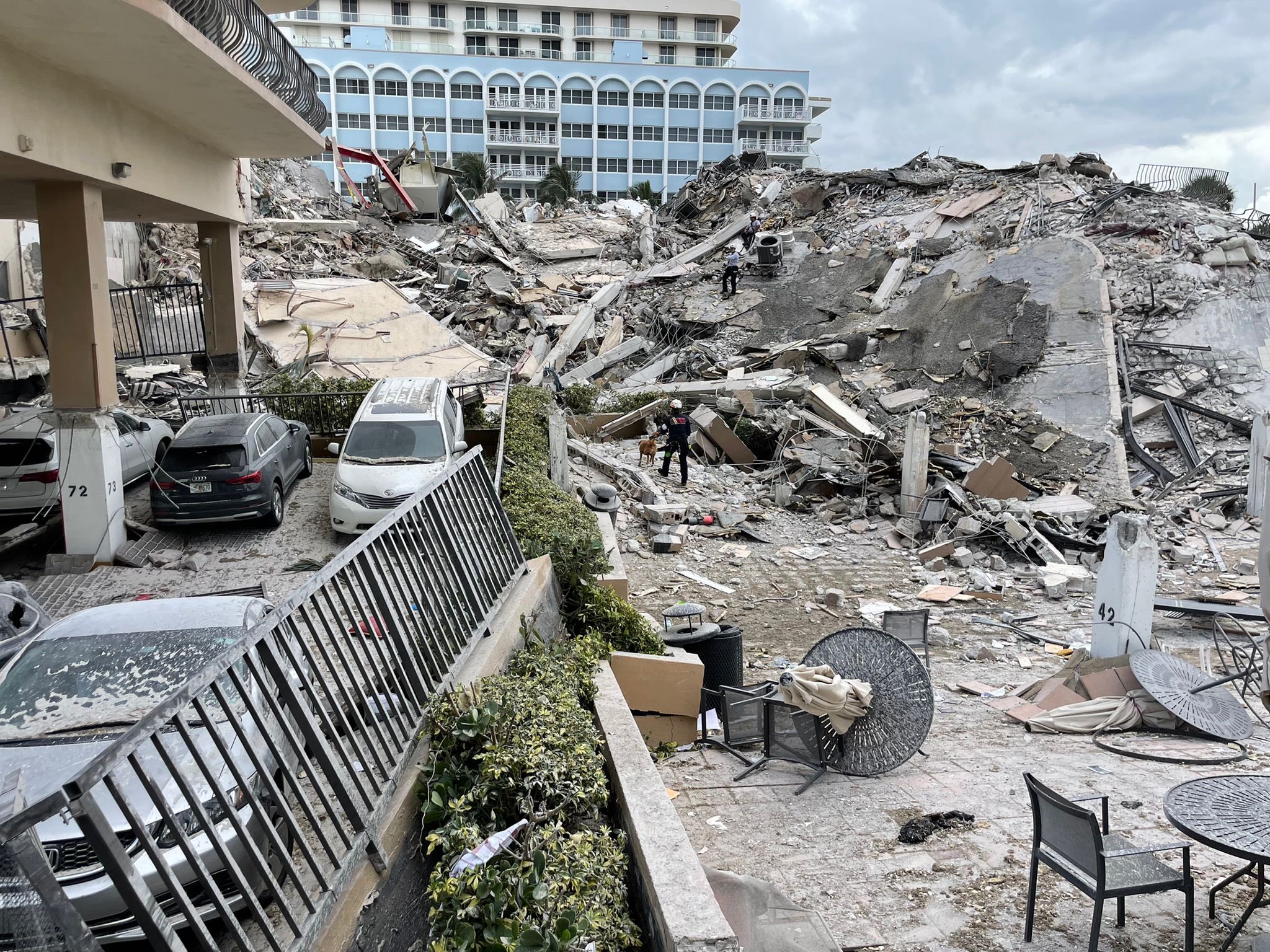Tonga lives crucial moments. The residents try, as they can, recover from disaster caused by the terrible volcanic explosion that covered the region with ashes and water while Scientists are working hard to understand the effects of this eruption.
Although it appeared to be the world’s largest eruption in 30 years, they found that probably the explosion of the Hunga volcano will not have a temporary cooling effect on the global climate, as happened with other large eruptions.
Anyway short-term effects on the climate in different parts of the world are not ruled out, as well as possible interruptions in radio transmissions, including those used by global positioning systems.
Scientists will have to study for years this phenomenon of the shock wave caused by the explosion and the tsunamis it generated. It is important to remember that tsunamis not only occurred in the Pacific but also reached the Atlantic, the Caribbean and the Mediterranean.
“It’s not that we weren’t aware of volcanic explosions and tsunamis, but witnessing them with the modern array of instruments we have is unprecedented.“, He said lori dengler, emeritus professor of geophysics at Humboldt State University in California, to The New York Times.
The government called the eruption an “unprecedented disaster.”, although still it is difficult to determine the full extent of the damage because the blast severed undersea telecommunications cables and the ash forced the closure of Tonga’s airports.
The explosion of the submarine volcano, named South-South-South, threw Dangerous ash over region, including Tonga’s capital, Nuku’alofa, about 40 miles to the south. Also, the capital experienced a four-foot tsunami and higher wave heights in several places.
:quality(85)/cloudfront-us-east-1.images.arcpublishing.com/infobae/V3YJHAOMX5GGHAH6S7QAXT54JE.jpg 420w)
volcano experts drew comparisons to the catastrophic explosion of Krakatau in Indonesia in 1883 and with the most recent major eruption, of Mount Pinatubo in the Philippines, in 1991.
“The Hunga eruption was matching the power of Pinatubo at its peak,” he said. Shane Cronin, a volcanologist at the University of Auckland in New Zealand. But nevertheless, Hunga’s eruption lasted only about 10 minutes, and satellite sensors in the days that followed measured some 400,000 tons of sulfur dioxide reaching the stratosphere.
“The amount of SO2 released is much less than Mount Pinatubo“, He said miguel manga, professor of earth sciences at the University of California, Berkeley. That is why if the Hunga eruption does not resume and continue at an equally strong level, it will not have a global cooling effect.
Dr. Cronin said that the power of the eruption had to do with its location, about 500 feet underwater. “When superheated molten rock, or magma, hits seawater, the water instantly turns to steam, expanding the explosion many times over. If it had been much deeper, the water pressure would have dampened the explosion.”
“The explosion produced a shock wave in the atmosphere that was one of the most extraordinary ever detected.“, he claimed Corvin Wright, atmospheric physicist at the University of Bath in England. And I add: “We’re seeing a really big wave, the biggest we’ve ever seen in the data that we’ve been using for 20 years. We’ve never really seen anything that covers the entire Earth like this, and certainly not from a volcano.”.
:quality(85)/cloudfront-us-east-1.images.arcpublishing.com/infobae/OUI3WPCHJOOCS3GR72PPWO5I7Q.jpg 420w)
Dr. Wright added that although the wave occurred high in the atmosphere, it could have a short-term effect on weather patterns closer to the surface, perhaps indirectly by affecting the jet stream. “We don’t know very well. We are watching to see what happens in the next few days. It could just spread and not interact,” he said.
The atmospheric pressure wave and unusual tsunamis
Tsunamis are generated by the rapid movement of water, usually by the movement of rocks and soil. Large undersea faults can generate tsunamis when they move in an earthquake. However, volcanoes can also cause tsunamis. In this case, the underwater explosion and collapse of the volcano’s crater may have caused the displacement. “Usually one would expect that energy to decay with distance,” said Gerard Fryer, a research affiliate at the University of Hawaii at Manoa.
This eruption caused tsunamis of about the same size as the local one, and for many hours, in Japan, Chile, and the west coast of the United States, and eventually generated small tsunamis in other basins in other parts of the world.
“We know that the atmosphere and the ocean are coupled. And we see the tsunami in the Atlantic Ocean. He didn’t go around the tip of South America to get there. The evidence is very clear that the pressure wave played a role. The question is how big is the part,” Dr. Dengler concluded.
KEEP READING:

:quality(85)//cloudfront-us-east-1.images.arcpublishing.com/infobae/NKLQPGRSERHFZETQTDFZSGHXAA.jpg)



